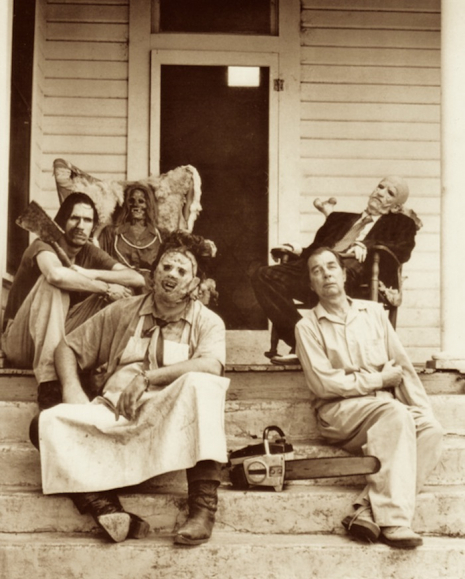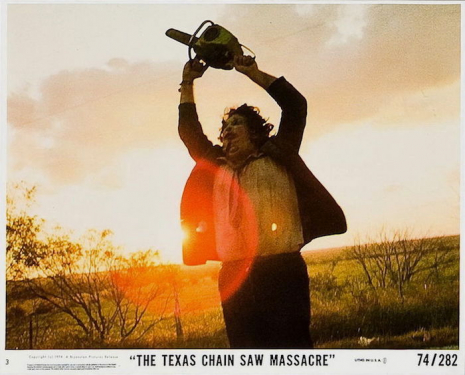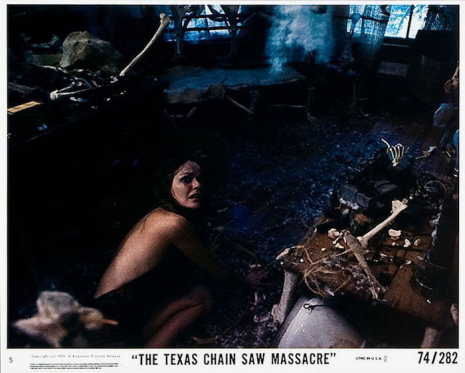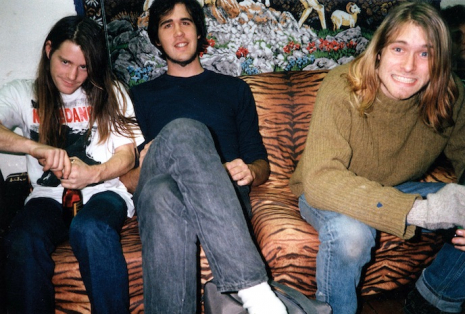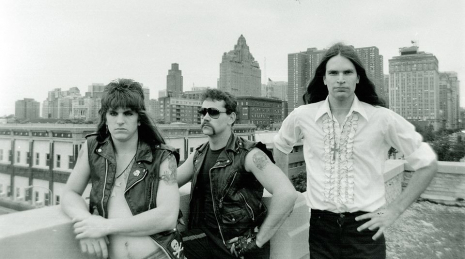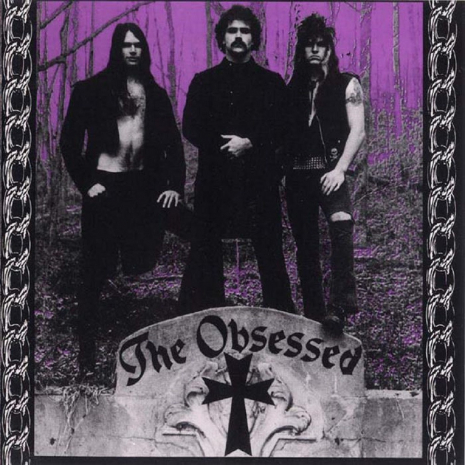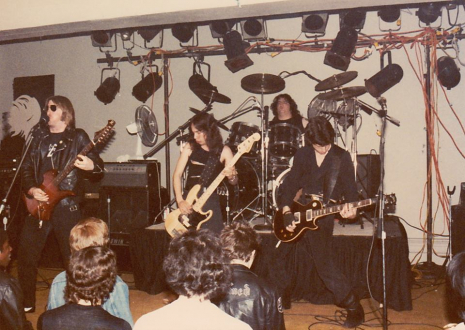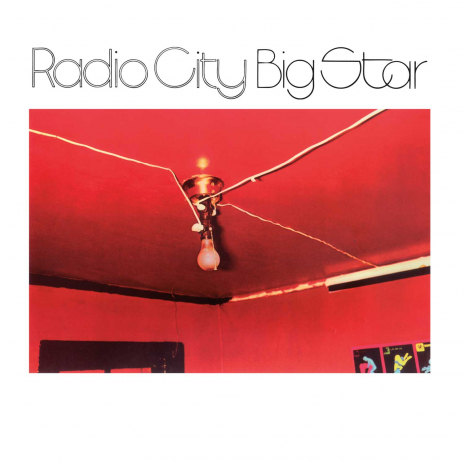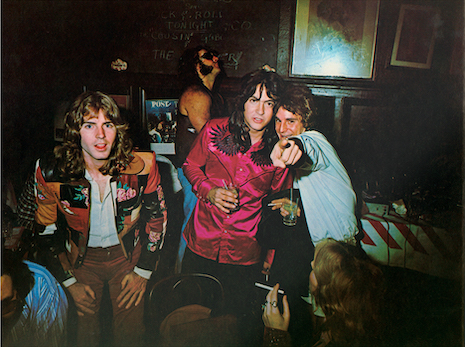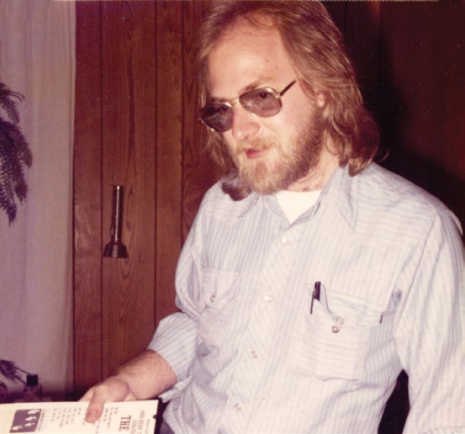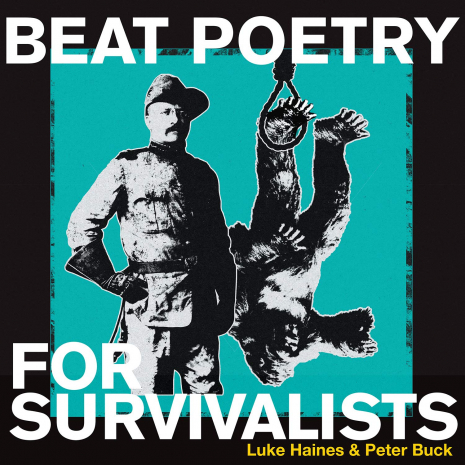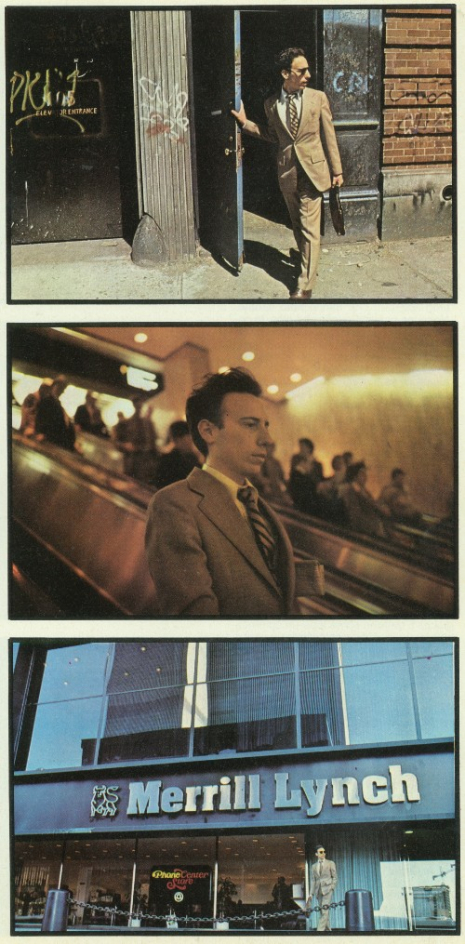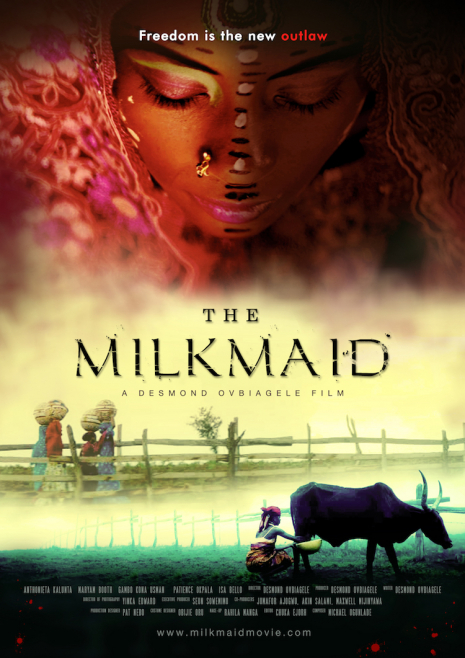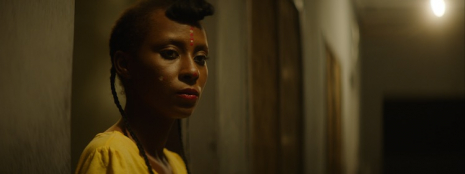
Do you watch horror stuff faster than Netflix churns it out? Do you possess, down to the most minute detail, the know-how to take out a zombie, a vampire or even a werewolf? Have you painfully experienced the axiom that one should always tie up the boots FIRST and THEN the corset? Would your garage make Paracelsus green with envy? Neighbors curl up in a fetal position every time you pump up the volume?
Perfect!
Trivia Obscura™+Do You Know Darkness?+ is the board game that allows you to bask in the glory of your dark existence and… rub your poser friends’ noses in it!
Cinema, music, video games, science, history, lifestyle, literature, the occult and many, many more carefully selected topics that flirt with the darkside, giving you all the juicy leftfield bits of info you crave. They all meet on the board of Trivia Obscura™, the first game of knowledge and strategy for lost souls!
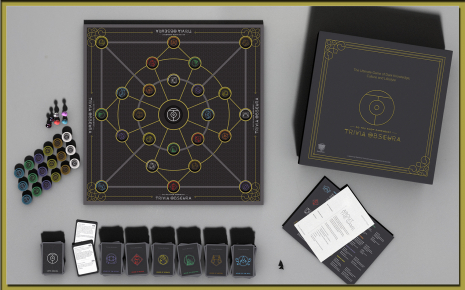
Broadly speaking the game looks to me like a goth “Trivial Pursuit.” Is that fairly close to the mark?
Not at all!
You got it right that Trivia Obscura™ is a game based on knowledge, so you do answer questions in order to win. And you also got it right, that every question featured in the game has to be “dark”—in the general sense of the term. But Trivia Obscura™ is not just a gothic trivia game! A completely different approach towards question building has been taken. We don’t care about useless name dropping and dry facts, and we are sure that our players don’t either. So every theme presented is not just a plain old question that requires a boring answer, but a topic that is carefully selected to be interesting and intriguing, to make you go out and read more about it. Learning interesting stuff is at the heart and soul of Trivia Obscura™.
Question: Around 1232, Pope Gregory IX released a papal bull titled “Vox in Rama,” which condemned the contemporary surge in devil worship. Millions of people died the following years, because in this bull, the Pope made a connection between the Devil and ...?
Answer: Black cats. The bull mentioned that black cats were used in devil-worshipping rituals, and it inspired people to kill thousands of them. That triggered an upsurge in the rat population, which in turn brought about the Black Death.

But not everything has to be so serious. Life is a game that is not always fair and neither is Trivia Obscura™. That is why we decided to make the gameplay a bit more… interesting. We introduced the Carta Obscura cards which make Machiavelli strategists out of the players. Unlike mainstream trivia games, where the one with the most correct answers wins, in Trivia Obscura™ the players are encouraged to grab-stab-steal—or in other worlds use strategy—-and not rely only on what they know. But that’s not all. Trivia Obscura™ is also a territory building game, in which you strategically build your empire on the board, blocking other players as you expand. In order to win, you have to use your wits. So it’s a trivia/strategy/territory-building game. The result is amazing, and you get a unique gameplay every time you play!
What sort of dark knowledge a player would need to smite the competition? Give me some examples of the questions the game asks.
Darkness is in everything, and people that tend to shy away from it will be surprised on how much they know, and how interesting the things they do not know are!
There are six different categories in the game—called Houses—with two more Houses to be unlocked as stretch goals. Some Houses are more popular such as the House of Blood, which is clearly for those into horror, splatter movies, scary literature, and creepy stories. House of Music is targeted towards a goth/metal/punk audience, but not exclusively. Madonna, Prince, Niccolo Paganini, they all have their special “dark” sides, too and Trivia Obscura™ brings them out. House of the Occult is a place where if you know your Wicca from your alchemy you can’t really go wrong! Also being attentive to all those scary stories that your grandparents used to read to you to keep you well behaved, might help. Other Houses, such as the House of Science, History, the Arts, Death, and the House of Lifestyle, all bring out something dark in their respects.

For example, if you know the name of the clown in Stephen King’s IT, go for the House of Blood. If you can name all of the seven deadly sins, the House of the Occult is right up your street! Do you know which is the base ingredient for a zombie cocktail? Then the House of Lifestyle should be your first choice. House of History is for those who know the real name of Count Dracula, and House of Science for those who know the name of the natural substance that gives our skin and hair its dark color. Oh, we almost forgot, those of you who know how many of the seven wonders of the ancient world were tombs won’t feel lost in the House of the Arts. Goths and metalheads will eye up the House of Music, but do they know what a musical composition written for a funeral mass is called? But the main question remains in the House of Death: What did the deaths of King George II, Catherine the Great and Elvis Presley all share in common? And most importantly: can you name the term that typically describes conventional sex or sexual behavior that involves sex that does not include elements of bondage, sadomasochism or fetishism? (Answers below)
In contrast to other trivia games, in Trivia Obscura™ the player can choose which House to play under, the category that fits them the most. The result is tons of fun, where people struggle to win, but their opponents keep on blocking them. Chaos on the board, and that’s what it’s all about!

What is the main concept driving Trivia Obscura™?
Humanity, from ancient times, has flirted with the dark and the macabre, mainly out of fear towards the unknown, a way to come to terms with the idea of death. With Trivia Obscura™ we’ve taken a somewhat different approach. We do not bring the fear of the unknown to the fore, but we approach the dark via learning about it. We’ve gone to great lengths to ensure that all the themes in our game cast light in the shadows, and positively promote creation. We don’t want to fill people with sorrow – well unless someone gets sad after learning what caused the bubonic plague or about the life and crimes of Gilles de Rais! Knowledge is power, the purest and most important form of power there is. It gives us the ability to tame our own lives and see the world we inhabit in a positive way. It helps us accept the things we cannot change and urges us to change what can be! Knowing about the innate order of the universe helps us approach it without fear, and with love towards nature and creation. We believe that you cannot really love life unless you respect it as a whole – and death is part of life, destruction part of creation, there is no light without a shadow, and to realize all this, is a magical thing in itself. We hope Trivia Obscura™ to be a celebration of this realization!
How do you play it? And how do you win the game?
First, you light up the candles—put Hellraiser on the TV, the Sisters on the stereo, and pour some absinthe in your glass—or anything, just as long as it helps bring out your dark side. This is a very important first step! The player with the blackest attire goes first. Even socks are included in the count! You choose which House you want to play under, you roll the die, and follow your path on the board, aiming for your House spots. For each correct answer in your House, you place a ring marker element on the spot. Once a spot is fully claimed, none shall pass over it, but you. Falling behind? Unleash your inner Machiavelli by using the Carta Obscura and backstab your way to victory! Show no mercy! Win the game by fully claiming all three spots that belong to your chosen House and then crawl your way back to the Dungeon Market where the Crown of Darkness is yours!
Think this is easy?
Well, think again!

What’s in your Kickstarter?
Take a look for yourself; Trivia Obscura™ premieres on Kickstarter on October 29, 2020!
It is important to note that Trivia Obscura™ is an indie project and a labor of love and hard work. It will mainly go through Kickstarter, printed in a small collectible run. If it is not funded, it will be forever stuck in limbo, and we will all be doomed to play mainstream trivia games, with questions on the reproductive cycle of the Galapagos tortoise! So boring!
There is nothing more to add but…please support Trivia Obscura™ on Kickstarter, and… unleash darkness on your tabletops!!!
Trivia Obscura™ is proudly supported by CULTartes magazine, Rock Your Life.gr, Dark Sun club, Ars Nocturna gothic books, Nyctophilia, and Mpoukouras funeral parlor.

ANSWERS:
Answers: 1) Pennywise 2) Pride, greed, lust, envy, gluttony, wrath, and sloth. 3) Rum. 4) Vlad Tepes, (Vlad the Impaler, Prince of Wallachia). 5) Melanin. 6) Two. The Great Pyramid of Giza and the Mausoleum at Halicarnassus. 7) Requiem. 8) They all died in the toilet. 9) Vanilla sex.
